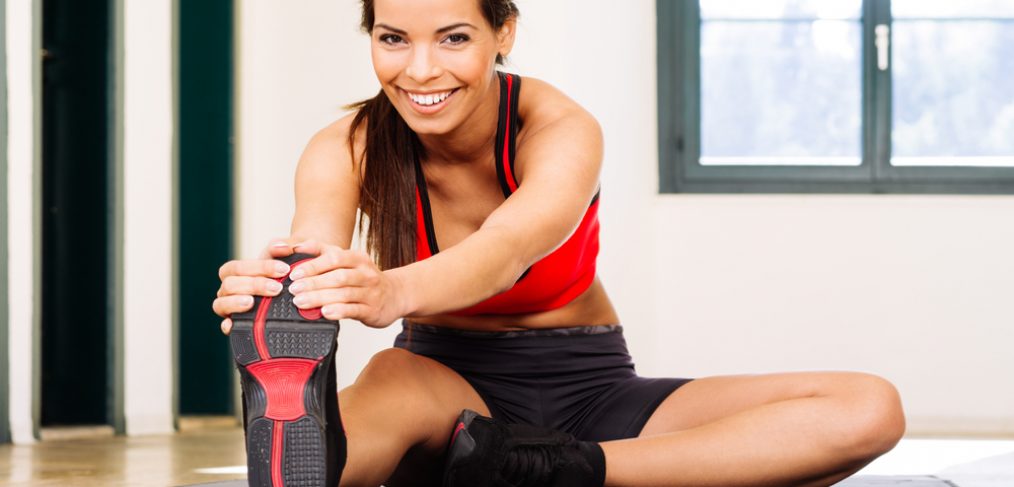The word “healthy” gets tossed around a lot, and carries connotations of salads, treadmills, and so-called “health foods” or “superfoods” (many of which are called such by rather spurious allegations). But what does it actually mean?
Merriam Webster defines the word “healthy” as “good for your health,” but that’s also pretty vague. What’s generally meant in common parlance when something is called “healthy” is that it will be conducive to your body functioning efficiently and as it was meant to. Things that are healthy are part of a greater picture of being healthy, which means keeping your body running smoothly with few problems or complications, and in the long term, means keeping your body going for a long, happy life.
But how to accomplish this? There’s so much information, misinformation, conflicting information, good information, bad information, spurious information, questionable but maybe good information…you get the idea. There are a lot of ideas out there on what is and isn’t healthy, but rest easy, because it’s actually a lot simpler than you might think. In fact, there are four habits in particular that, if cultivated, will have you living and feeling healthy, and they’re not that hard.

First, Don’t Smoke
Or, if you’re currently a smoker, quit. Seriously, you need to quit. Don’t just move to e-cigarettes, stop consuming anything with nicotine in it entirely (using an e-cigarette to vape nicotine-free flavored water is okay). Cigarettes are of course the worst offender because you get awful things like tar and fiberglass in your lungs in addition to nicotine, but even though e-cigarettes dispose of those additives, nicotine is still really harmful to your health. If you want to live a long, healthy life without serious complications, and to have nice skin, you need to work on quitting. We know it’s hard, but you can do it.
Next, Eat Well
An ideal and healthful diet includes lots of dark, leafy greens, some fruits, a good source of protein, but not too much, never too much meat (a little is okay), and plenty of fiber, among other things. A daily multivitamin is also recommended. Minimize junk foods high in saturated fats, and avoid trans fats like the plague, except as a VERY occasional treat, at most. Limit sugar consumption and don’t overdo it on caffeine (some caffeine is okay, but don’t exceed about 400 mg, which translates to 3-5 cups of coffee a day, depending on the variety).

Third, Exercise Moderately
You don’t want to overdo it, as that can have its own negative repercussions, but a vigorous cardiovascular activity that raises your heart rate substantially for around a half-hour a day is ideal. Strength training is fine (but be careful!) if you want to, but not necessary for good health.
Finally, Keep Your Body Fat Percentage in Check
This is one to talk to your doctor about to get more specifics and advice. Generally, if you’re following the above three rules, you’re probably fine, but it’s good to check just to be sure. Body fat percentage is a much more reliable measure of overall physical health than BMI, because its measures how much of your body is fat, as opposed to a highly fallible ratio of height to weight. If your BMI is too high or too low, ask your doctor about ways to get it back on track.



























